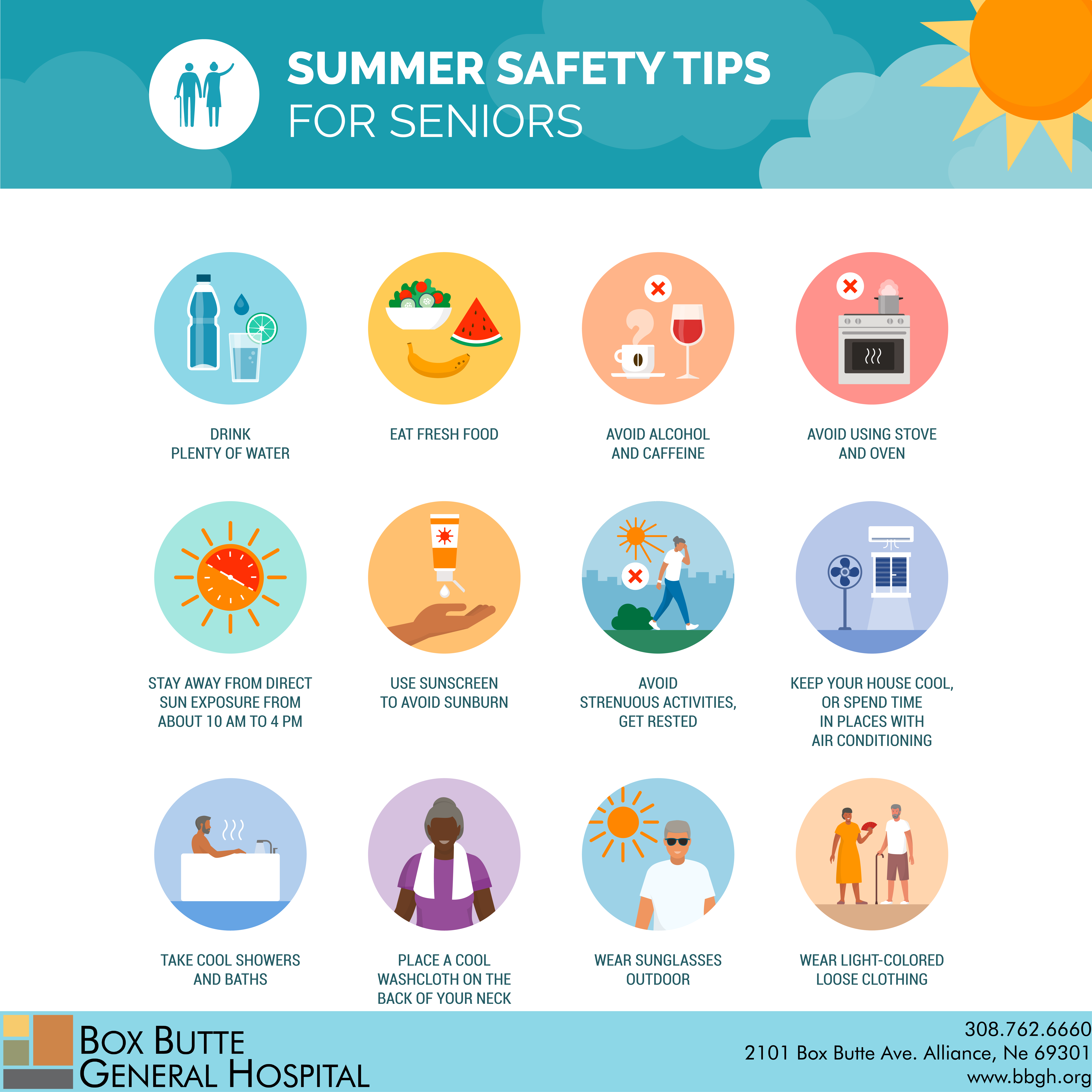
July is recognized as UV Safety Awareness month. Although the sun supplies us with vitamin d, a nutrient needed for survival, too much exposure to the sun’s ultraviolet (UV) light can have a detrimental effect. It is vital to know proper safety measures and best practices to protect oneself and others (especially children and the elderly) from the effects of too much UV exposure. The Centers for Disease Control and Prevention (CDC) has broken down the essential steps in staying safe in the sun.
The UV Index is a great tool to utilize for understanding the risk from UV light each day. It provides the index number by day and displays a sun protection message. There is great benefit in keeping the UV Index easily accessible for daily reference.
In addition to referencing the UV Index, there are many attributes for remaining safe in the sun.
Shade is not only essential in keeping the body temperature cool when it is hot, it also reduces the risk of sun damage and skin cancer. The CDC still recommends wearing sunscreen even while in the shade.
While the essence of summertime is flowy sundresses and board shorts, clothing provides a great barrier between the skin and the sun’s UV rays. It is recommended to consider long-sleeved shirts and long pants/skirts when expected to consistently be in direct sun for many hours. Darker colored clothing offers better UV protection compared to lighter colors, as well as tightly woven fabrics compared to those that are loosely woven.
Certain areas of the body have skin that burns more easily than others, those areas being the face, ears, and back of the neck. Hats with a brim all the way around provide shade for those sensitive areas and offer the most protection from sunburn. If a brimmed hat is not an option, opt for a baseball-style cap in tandem with sunscreen on unprotected areas.
Sunglasses are vital in protecting eyes from the sun’s UV rays. UV light damage can cause cataracts. Selecting a pair of sunglasses that block UVA and UVB rays will protect eyes and the sensitive skin around the eyes.
Lastly, broad spectrum sunscreen that protects the skin from both UVA and UVB rays must be applied before exposing the skin to the sun’s UV rays. The CDC recommends using a sunscreen that is no less than 15 SPF. Reapplication of sunscreen is extremely vital for continued protection from UV rays. Reapplication should occur after two hours of sun exposure, swimming, sweating, and toweling off.
For more sun safety tips visit the CDC webpage.
Information for this article was obtained from www.cdc.gov.



